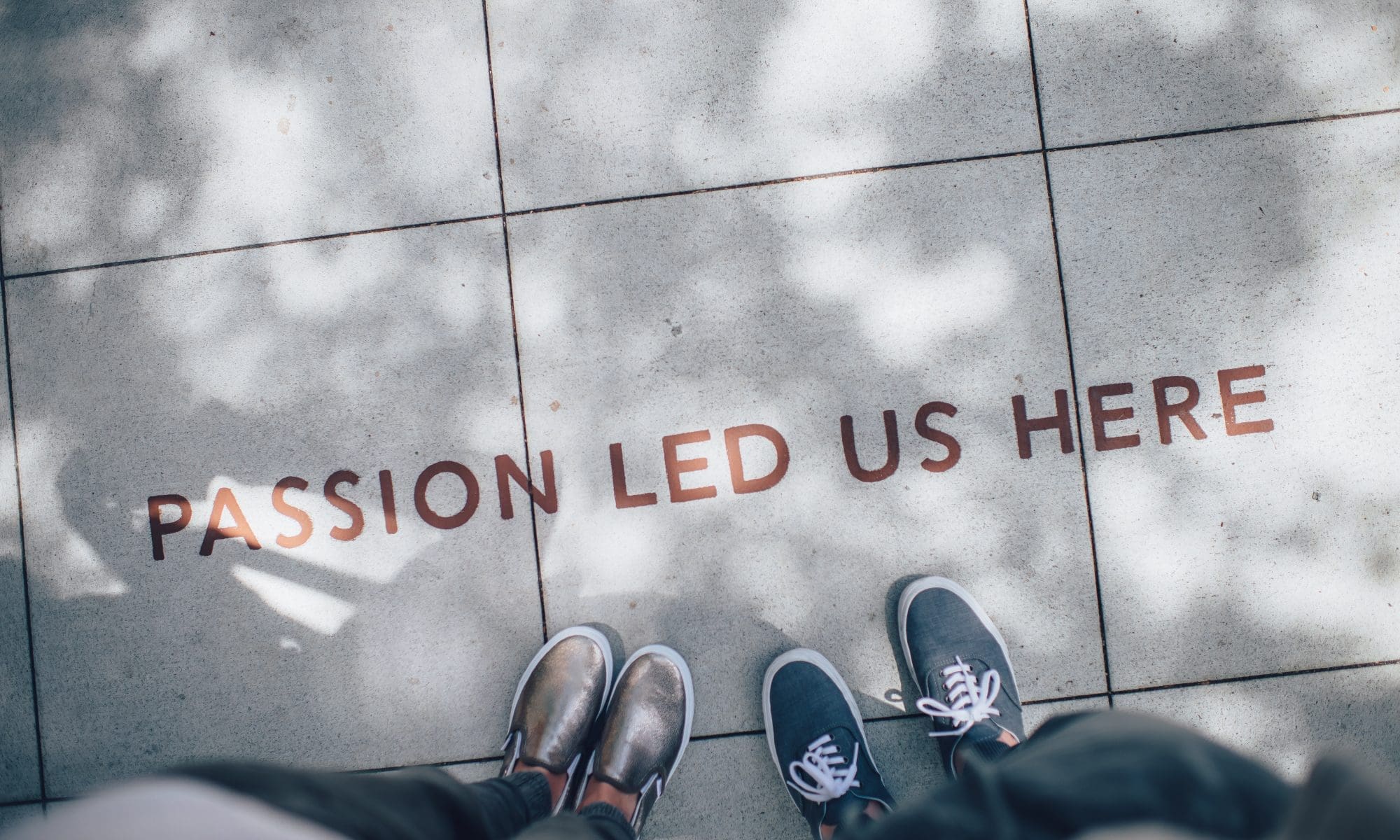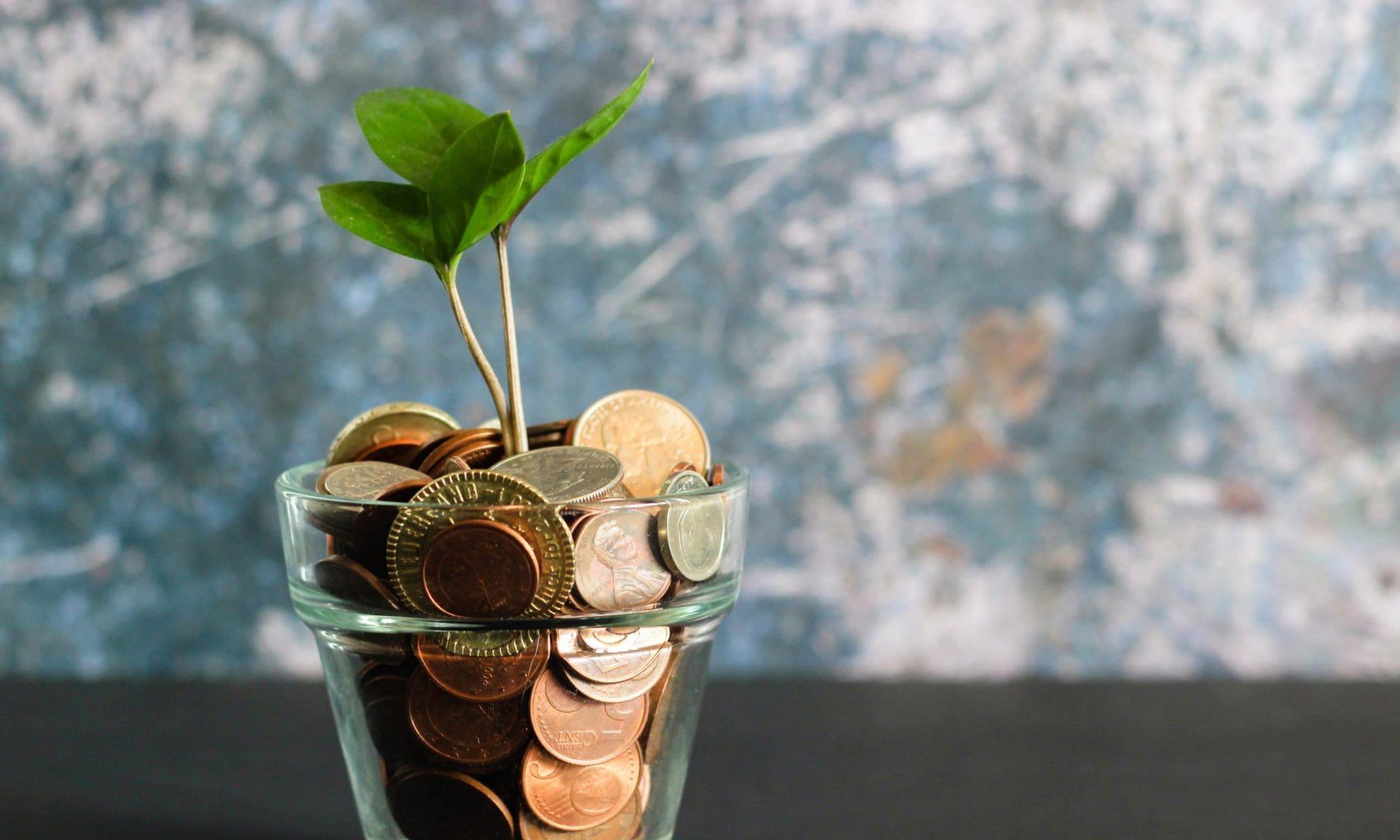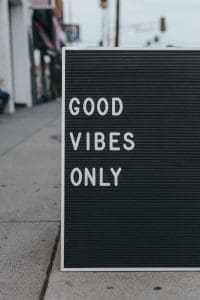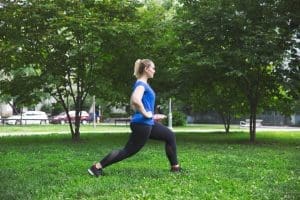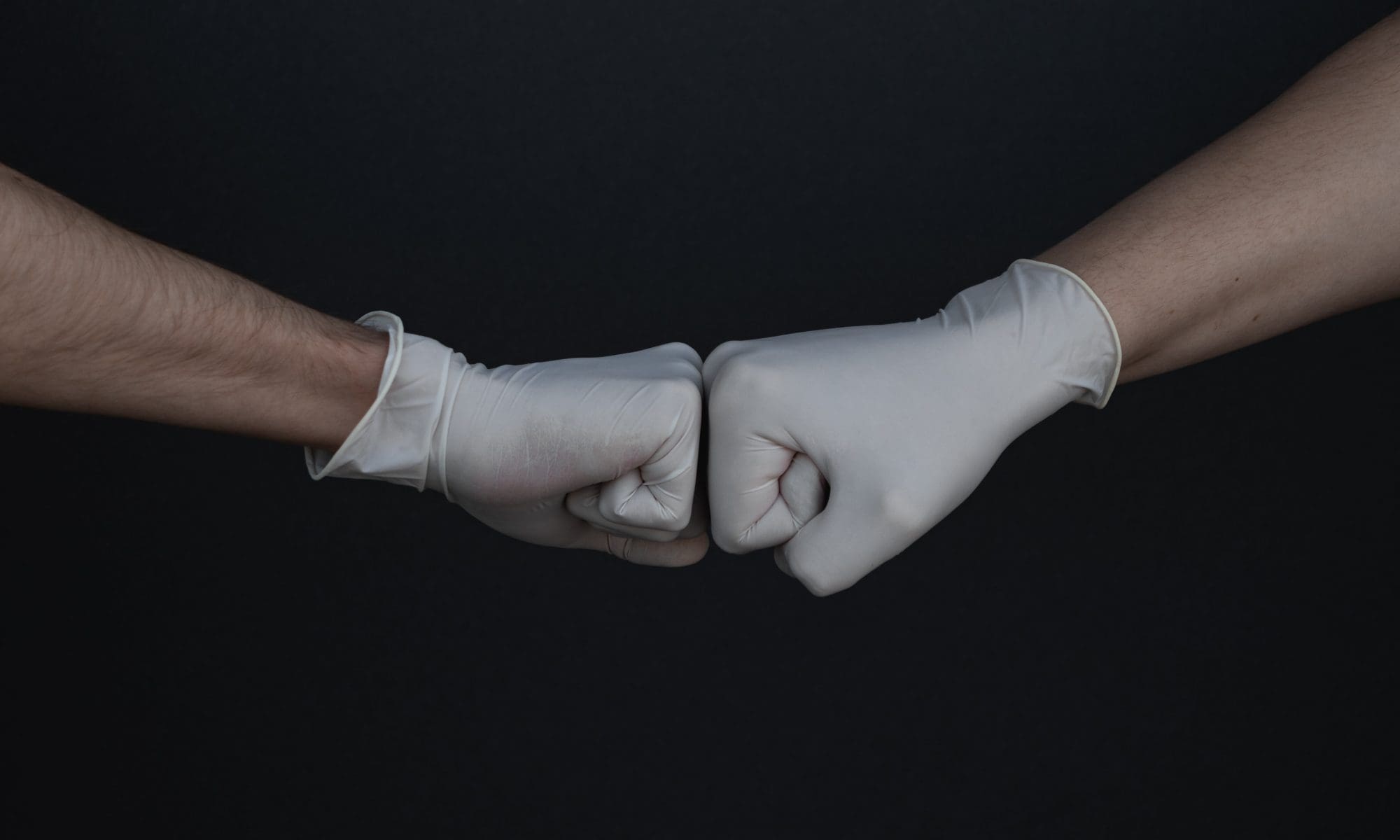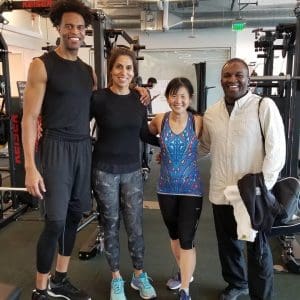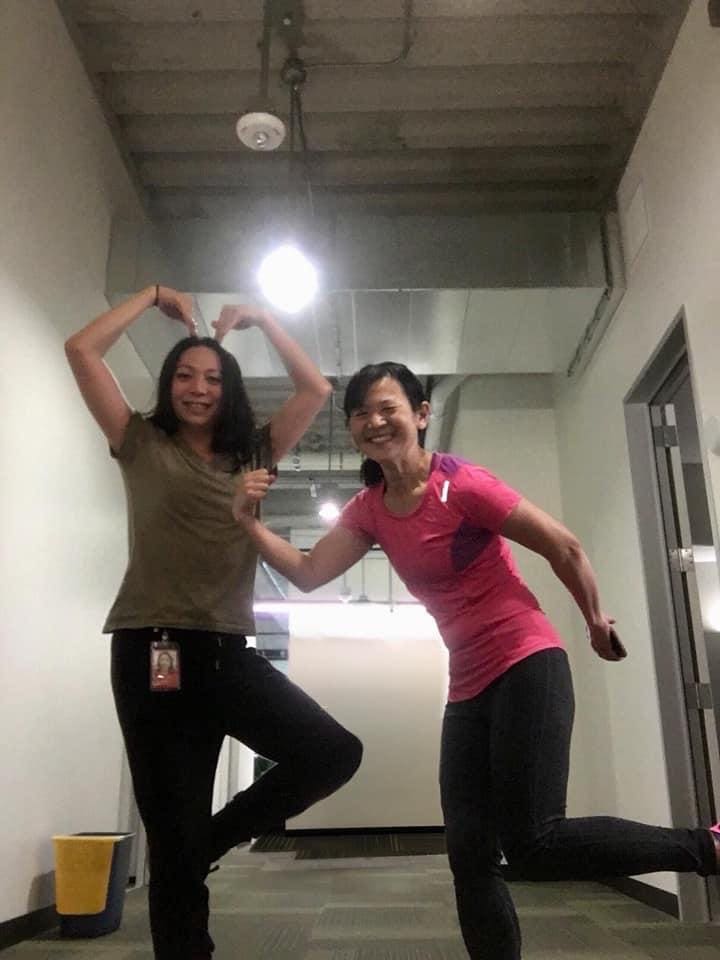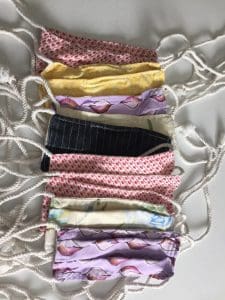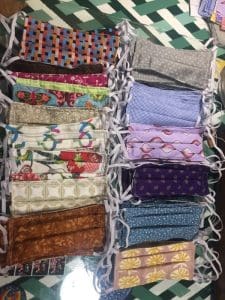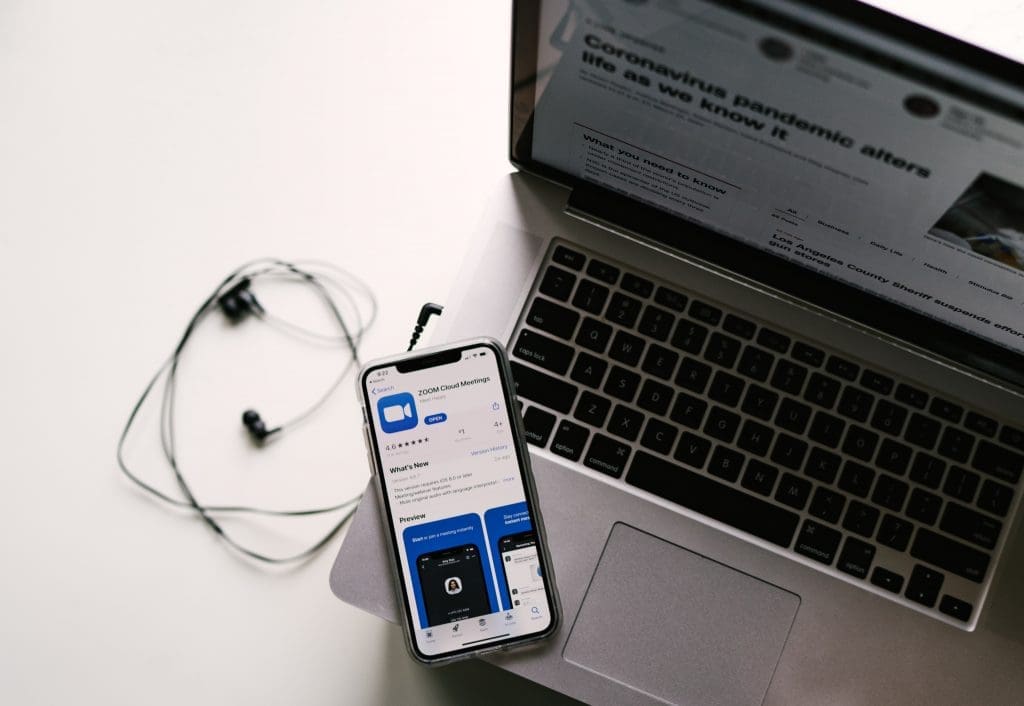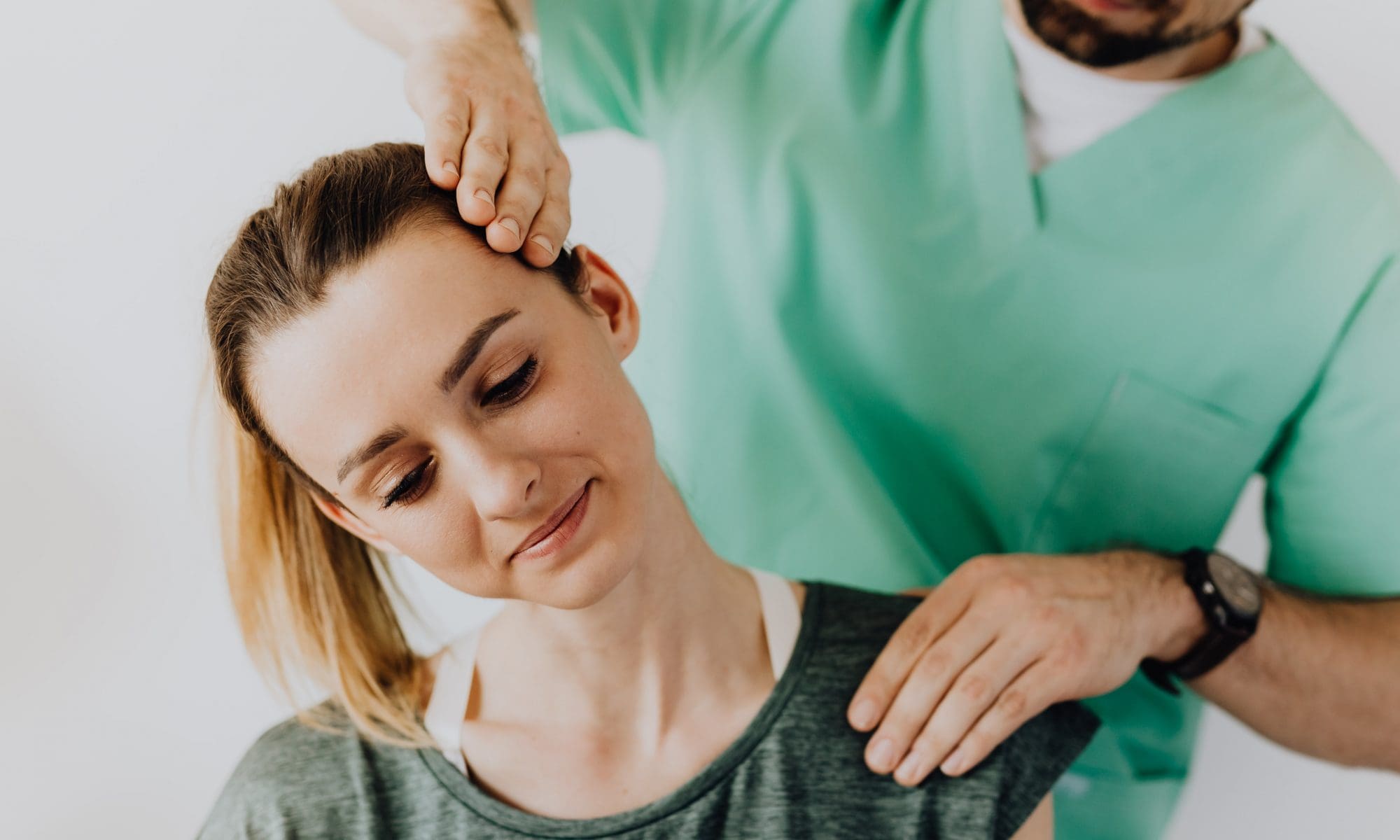Resilience, defined as the ability to adapt in a positive way in the presence of adversity, has been a topic of great interest for some time now. As the combination of COVID, racial tensions, and the economic downturn has most people taking a long hard look at what they are made of we’re sliding through with the science on just what boosts our resilience. Nietzsche famously noted, “what doesn’t kill you makes you stronger,” and that’s our girl resilience he’s talking about.
As countless studies show, resilience is a critical skill for reducing and managing stress and responding to emotional challenges, including traumatic life events. (Perhaps a global pandemic, violent systemic racism, and a crumbling economy all happening at once might fall into that traumatic category) Regardless of your resilience baseline building up your bounce back game and responding to challenges doesn’t need to be a complicated exercise.
To take it back to the root of where our resilience starts, children differ in their foundation of resilience with some being more mentally tough than others. Studies show that as much as 40% of the variability in people’s capacity for grit and resilience may be determined by biological factors. These differences are relatively stable and remain largely unchanged during adulthood, where they manifest in personality traits. People who are more emotionally stable, extroverted, open to new experiences, agreeable, and conscientious, are better equipped to cope with adversity. Sometimes, we call these people emotionally intelligent, a trait that in my personal opinion, should be listed on all Tinder profiles one swipes right on and does have some things in common with resilience. Enough about how to catch my eye on dating sites and let’s get into the comeback.
Finding Meaning

Unsurprisingly, resilience tends to increase when people have a sense of purpose. One of the more famous case studies for this was provided by Viktor Frankl’s account of his experience in a concentration camp during WWII. As he writes in Man’s Search of Meaning:
“In a position of utter desolation, when a person cannot express them self in positive action, when their only achievement may consist in enduring their sufferings in the right way–an honorable way–in such a position a person can, through loving contemplation of the image they carry of their beloved, achieve fulfillment.”
That fulfillment comes from finding meaning. As Charles Bukowski, who was arguably at the opposite positivity pole from Viktor Frankl, famously noted: “Find a passion and let it kill you.” Needless to say as humans we need a good fire to feel alive.
Get a Coach, and if you can’t, Get a Mentor
Not to flex more science but here we go; studies suggest that one-on-one coaching is the most effective way to boost resilience. Of course, not everyone has the luxury of having access to a coach, however, most of us can pick a mentor. A great deal of evidence suggests that mentorship is an effective vehicle for boosting resilience. A mentor can be a work colleague, boss, friend, relative, partner, or acquaintance. You don’t need to interact with them regularly, or even in the physical world especially in this current landscape. Calls, emails, messages, and virtual meetings are just as good to help you interpret things in a different, more adaptive way, and get the reassurance you need to adjust to difficult times. For instance, Beyonce has been my mentor forever and I barely talk to the girl. She always knows what songs to release to really take me to the next level in life, love you B!
The Practice of Mindfulness
Probably a no-brainer answer coming from us, the wellness folks. The research on mindfulness is plentiful and wide-ranging for how it impacts resilience and overall health. One thing most studies share is the importance and stress of the practice. Think of it as more of a lifestyle change than a fix. Incorporating a morning meditation, evening breathwork ritual, or even journaling exercise overtime has an array of benefits to our mental resilience and ability to focus under pressure. Not everyone is equally able to do this, and the benefits of mindfulness vary from person to person. In general, though, mindfulness–like spirituality, meditation, and even religion–can help you find the critical levels of inner calm and strength to confront big external challenges, like when Rihanna keeps releasing underwear instead of music. C’mon Rihanna we want a single, not a bra girl!
Get More Sleep
Sleep thrives on a regular routine. Building a great, consistent wind-down routine for the end of your day is the very best way to train your body to know that it’s time for bed. This will increase your chance of sleepiness, and make drifting off so much easier. As always, consistency is key. You can set up a reminder that will give you a gentle nudge, letting you know it’s time to start winding down. Sleep has been found to enhance resilience. Although stress and anxiety deteriorate sleep quality, sleep is more controllable than we think. It’s certainly easier to master than mediation. Being disciplined, going to sleep earlier, cutting down on TV time (particularly consuming morbid or negative news), exercising more, drinking less, and eating healthier, including earlier dinner time (allowing for better digestion), will improve your typical sleep quality.
Staying Physically Active
One of the big problems with the current shelter-in-place measures is that they restrict our level of physical activity. Research shows that regular exercise increases resilience capacity (even in animals), so it is unfortunate that unless we live in a place with ample nature we are limited in our ability to go outside and engage in physical activity. Nonetheless, just about every fitness brand/gym flipped the switch to digital offerings which has made things more accessible. Long gone are the days of fighting traffic, looking for parking, and being that person popping their mat down late in class –catching the side eye; I speak from lots of experience.
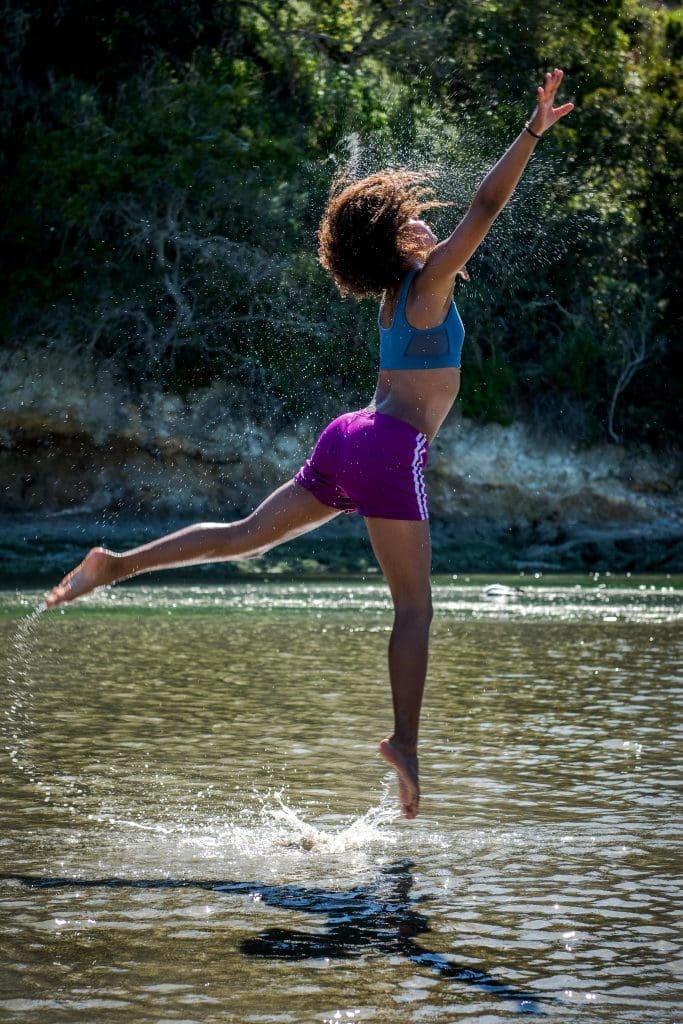
Embrace Optimism
Optimism is key to enhancing resilience. The good news is that we are prewired for it. One of the reasons for this is that optimism enables us to confront difficult situations and adapt to negative events, so it acts as a stress buffer. As neuroscientist Thali Sharot notes:
“We exhibit a pervasive and surprising bias: when it comes to predicting what will happen to us tomorrow, next week, or fifty years from now, we overestimate the likelihood of positive events, and underestimate the likelihood of negative events. For example, we underrate our chances of getting divorced, being in a car accident, or suffering from cancer.”
Ordinarily, our tendency to be overly optimistic can turn into a liability, leading us to underestimate threats, risks, and dangers, and distorting our sense of reality. But that’s what our 20s are for and during difficult times few things are more vital than our ability to see the light at the end of the tunnel, even if it isn’t there yet. As Emily Dickinson writes “I dwell in possibility.“
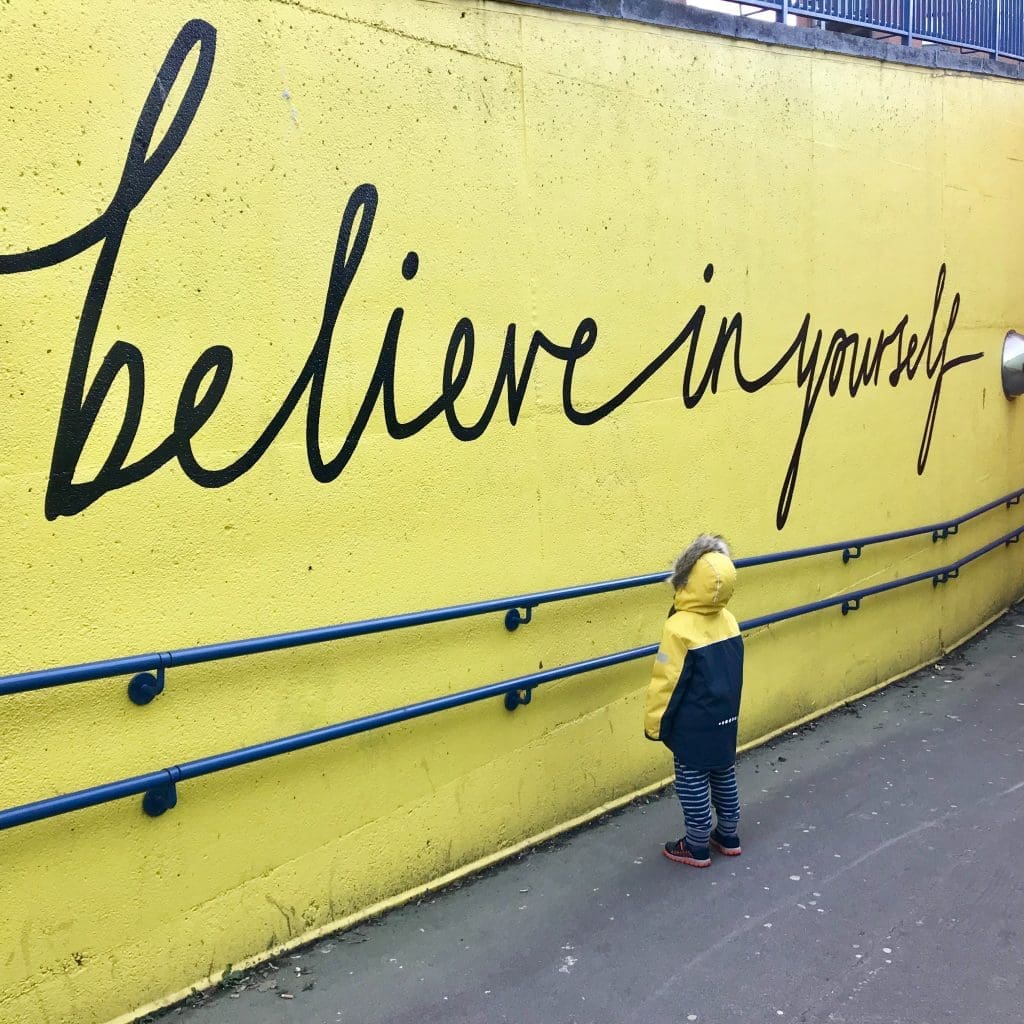
There you have it, some science, some tips, and hopefully some insight into staying on the resilience track with us. Invest in building your employees’ resilience with our virtual wellness offerings: experience personalized self-care coaching through BT Restore, build mindfulness through our robust and customizable offerings including breathwork, guided meditation, and science based educational seminars, find better sleep through our calming virtual yoga classes, and keep up your physical activity through our wide variety of fun virtual fitness classes. Whatever your wellness need, Body Techniques can fulfill it.
